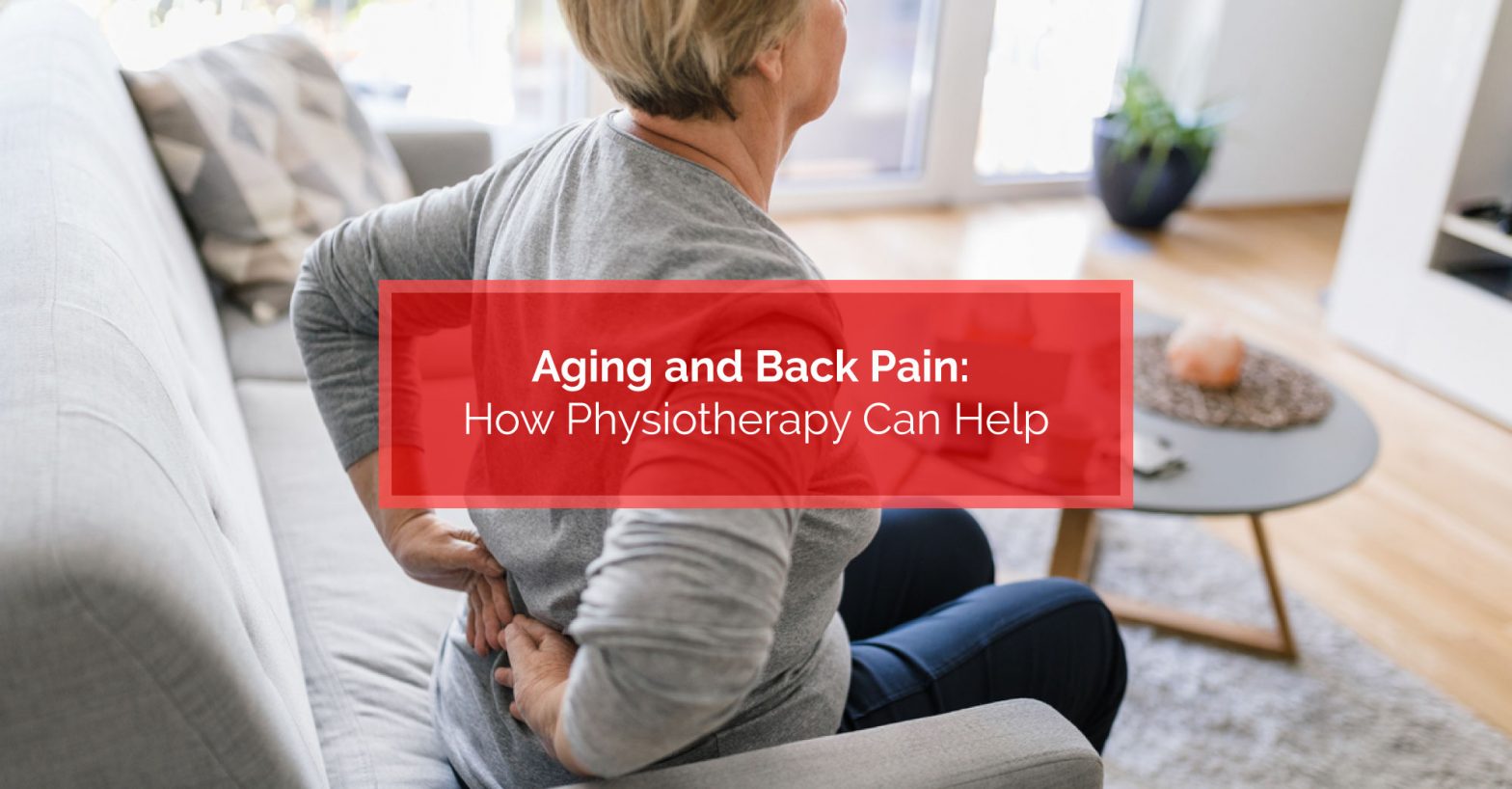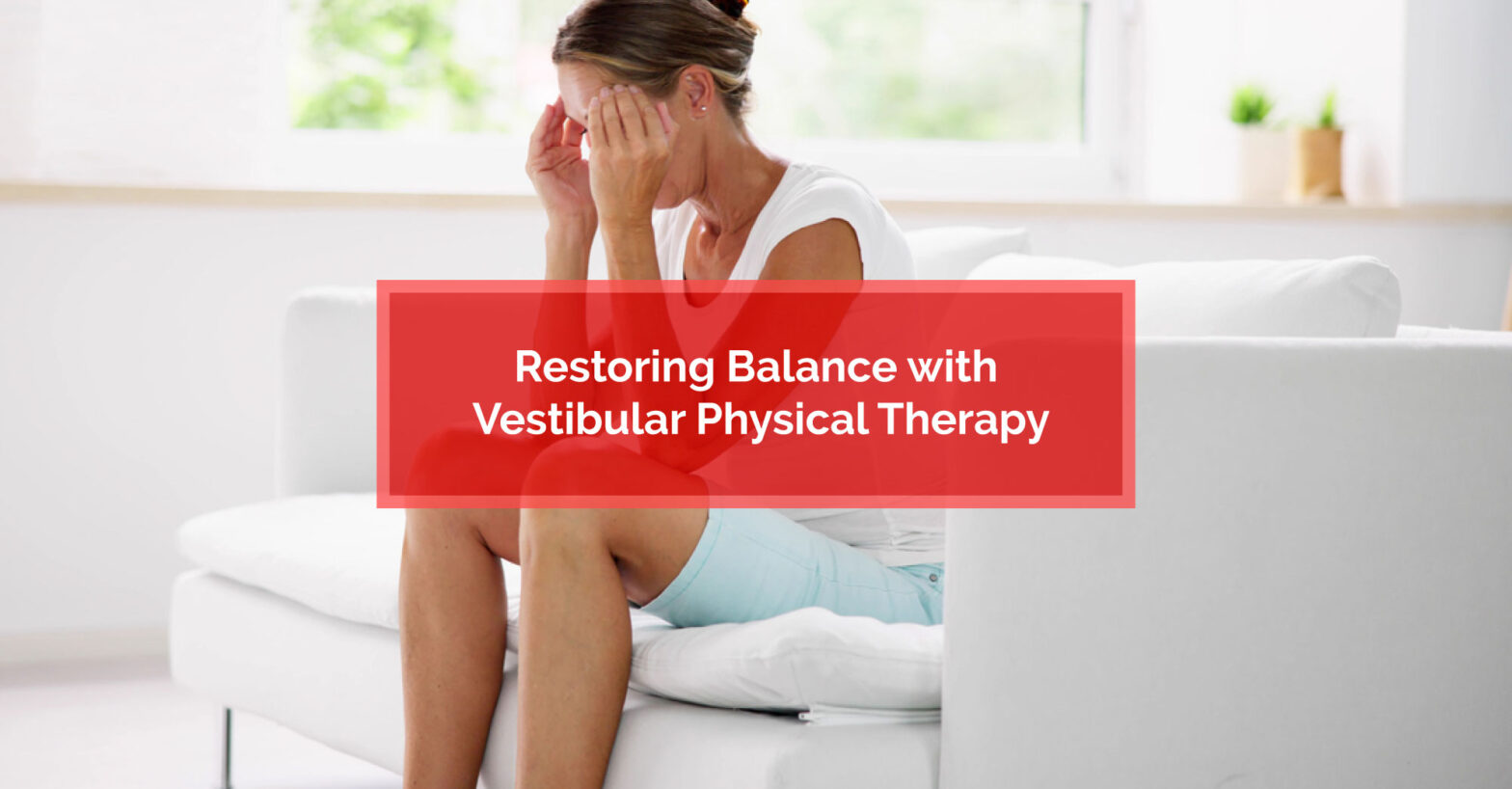Osteoarthritis Treatments: What You Need to Know...
Key Highlights: Osteoarthritis treatments focus on pain relief, restoring joint…
Read More
Posted by Dr. Scott Wilson | 15-Jan-2024
One of the most common challenges we face as we get older is back pain. Back pain can be debilitating and severely affect our quality of life. It can limit your mobility and make it difficult to carry out daily activities. In this article, we will take a closer look at the relationship between aging and back pain, including the related causes. We’ll also talk about how physiotherapy can help manage and alleviate back pain in older adults. From manual therapy to exercise therapy, heat therapy, and cold therapy, we’ll explore various physiotherapy techniques that can make a significant difference in managing your back pain and improve your quality of life. Here’s what you need to know.
As you age, your body undergoes intricate physiological changes that can contribute to back pain. The intervertebral discs, which act as shock absorbers between vertebrae, undergo degeneration, losing water content and compromising their ability to cushion your spine effectively. At the same time, the supportive structures like ligaments and tendons weaken over time, diminishing their capacity to provide crucial stability to your spinal column. The aging process also brings about a reduction in bone density, which escalates the risk of osteoporosis and makes your spine more susceptible to fractures. Arthritic changes and the development of bone spurs further contribute to discomfort and decreased flexibility. What’s more, your muscles experience a dual impact—reduced mass and diminished elasticity. This affects their ability to adequately support your spine.
Aging introduces changes to the intricate web of your nervous system that controls and transmits signals throughout your body. These changes lead to a potential increase in sensitivity and altered pain perception. Nerve fibers may become less efficient, contributing to sensations of pain or discomfort. In addition, your body’s capacity to repair and regenerate nerve tissues also diminishes, affecting the overall resilience of your nervous system.
As a result of the various changes to your spinal column and nervous system caused by aging, there are a number of back pain related conditions that affect older adults. Osteoarthritis of the Facet Joints, Sacroiliac Joint Dysfunction, and Lumbar Spinal Stenosis with Degenerative Spondylolisthesis are common examples.
Over time, your facet joints—the small, stabilizing joints between vertebrae—may succumb to wear and tear, a condition known as Osteoarthritis. Aging often prompts the breakdown of the protective cartilage in these joints, leading to pain, stiffness, and reduced flexibility in your spine. Osteoarthritis of the facet joints becomes a common companion on the aging journey, impacting your back’s function and, consequently, your overall mobility.
Sacroiliac Joint Dysfunction, is often linked with aging and an increasingly sedentary lifestyle. Your sacroiliac joints are crucial for transferring weight and forces between your spine and your pelvis. As time passes, these joints experience wear, tear, or inflammation. This degeneration or dysfunction can result in increased stiffness, reduced mobility ongoing pain and discomfort in your lower back and buttocks.
As you age, changes in your lumbar spine contributes to conditions like Spinal Stenosis and Degenerative Spondylolisthesis. Lumbar Spinal Stenosis occurs when the spinal canal narrows, often causing nerve compression and subsequent pain. Degenerative Spondylolisthesis involves the gradual slipping of one vertebra over another, possibly leading to nerve compression and pain.
Physiotherapy plays a crucial role in easing chronic back pain in older adults. As your body ages, the focus on maintaining optimal back health and muscle strength becomes increasingly important increasing or preserving mobility and enhancing your quality of life. Physiotherapy offers a non-invasive, holistic approach to care that’s both targeted and tailored to address the unique characteristics of your specific condition. This professional intervention can provide significant relief by addressing underlying causes and mitigating symptoms, including stiffness, muscle spasms, and pain or discomfort.
Physiotherapy techniques target specific back muscles to ease age-related lower back pain. It combines a mix of passive, hands-on and directed therapies or techniques to provide effective pain management and relief for aging individuals with back pain. Emphasizing mobility and flexibility improvement, professional physical therapy integrates personalized exercise and stretching routines. The goal is to alleviate discomfort, promote good health, and enhance the quality of life for older patients, showcasing the positive impact of physiotherapy on aging and back pain relief.
Heat therapy alleviates pain by using heating pads or warm compresses to enhances blood circulation and relaxes muscles. On the other hand, cold therapy, with ice packs or cold compresses, reduces inflammation and numbs the affected area for pain relief. Alternating between heat and cold therapy effectively manages chronic back pain and inflammation, particularly arthritis-related back pain and muscle spasms.
Manual therapy, a hands-on approach, offers pain relief and improved range of motion through joint mobilization and manipulation. Soft tissue mobilization targets muscles, tendons, and ligaments, enhancing mobility and reducing pain. Myofascial release focuses on releasing muscular tightness, providing pain relief. Trigger point therapy involves applying pressure to tender muscle points for pain relief and muscle relaxation. Manual traction therapy gently pulls the spine, offering pain relief and decompression. These manual techniques effectively alleviate discomfort and improve mobility.
Strengthening core muscles provides spinal support, reducing low back pain. Engaging in aerobic activities like swimming or walking enhances overall fitness, alleviating chronic pain. Flexibility exercises such as yoga and stretching improve range of motion, countering stiffness. Resistance training builds muscle strength to support the spine, lessening low back pain. Incorporating balance and coordination exercises aids in preventing falls and associated back injuries. Good news – exercise therapy offers effective relief for back pain in older adults.
Physiotherapy plays a crucial role in managing back pain, especially in aging individuals. By understanding the link between aging and back pain, we can address common issues such as osteoarthritis, sacroiliac joint dysfunction, and spinal stenosis. Physiotherapy techniques like heat/cold therapy, manual therapy, and exercise therapy provide effective pain relief and promote healing. However, for maximum impact it’s important to have a personalized physiotherapy plan that caters to your individual needs.
If you’re struggling with aging and back pain, we can help. Contact us today and let us show you why, at Physiomed…Healthier Starts Here.
Degenerative changes in the spine, including herniated discs, spinal stenosis, and osteoarthritis, are the most common cause of back pain in older adults. Other factors like poor posture and weakened muscles can also be contributing factors.
Physiotherapy can effectively manage and reduce age-related back pain, improving mobility and function. While it may not provide a complete cure, a personalized treatment plan developed with a physiotherapist can yield the best results. Consistency and commitment to the treatment are key for optimal outcomes.
Physiotherapy can play a crucial role in preventing future occurrences of back pain. By addressing the root cause of your pain and providing targeted exercises, physiotherapists help improve strength and flexibility. They also educate on proper posture and body mechanics to avoid aggravating your back, ensuring a healthy spine and reducing the risk of further injuries. Remember to consult with a physiotherapist before starting any exercise program for your back.

Key Highlights: Osteoarthritis treatments focus on pain relief, restoring joint…
Read More
Key Highlights: Runner's knee, or patellofemoral pain syndrome, is a…
Read More
Key Highlights: Upper back and neck pain can be caused…
Read More
Key Highlights: Many people want to lose belly fat for…
Read More
Key Highlights: Vestibular physical therapy, or physiotherapy, is a specialized…
Read More
Key Highlights: Tennis elbow, or lateral epicondylitis, is a condition…
Read More